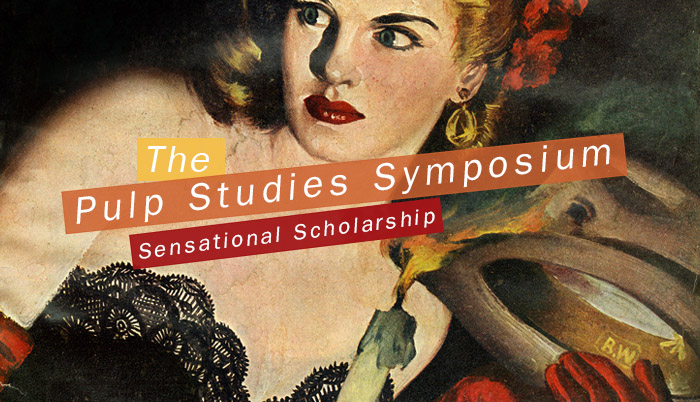Presentation Title
Transatlanticism and the Cultural Politics of Spanish Western Pulps
Abstract
The popularity of the Western as a genre in the twentieth-century Spanish-speaking world has passed largely unnoticed in the era of Cultural Studies. Some of the reasons for this blind spot are cultural nationalism and its attendant rejection of U.S. popular culture, cultural elitism, and a waning popular interest in Westerns by the 1980’s. As early as the 1920’s, Spanish readers were consuming U.S. dime novels in translation, and two decades later, when the modern comic book age began, a veritable flood of syndicated U.S. strips like Red Ryder and The Lone Ranger blanketed Spanish and South American markets. This was followed by syndicated U.S. television programs that further entrenched the Western in the popular imagination. After the Spanish Civil War (1936-1939), Spanish publishing saw a boom in cheaply produced ‘newsstand’ paperbacks, most of which were Westerns. These booklets were distributed widely in Mexico and South America, as well as in Italy and other European countries. To this day, in the Mexican supermarkets near my home in Dallas, I can still buy reprints of Spanish Western pulps that are half a century old. My presentation frames this world of transatlantic Spanish pulps as well as offering readings of individual works.
Transatlanticism and the Cultural Politics of Spanish Western Pulps
The popularity of the Western as a genre in the twentieth-century Spanish-speaking world has passed largely unnoticed in the era of Cultural Studies. Some of the reasons for this blind spot are cultural nationalism and its attendant rejection of U.S. popular culture, cultural elitism, and a waning popular interest in Westerns by the 1980’s. As early as the 1920’s, Spanish readers were consuming U.S. dime novels in translation, and two decades later, when the modern comic book age began, a veritable flood of syndicated U.S. strips like Red Ryder and The Lone Ranger blanketed Spanish and South American markets. This was followed by syndicated U.S. television programs that further entrenched the Western in the popular imagination. After the Spanish Civil War (1936-1939), Spanish publishing saw a boom in cheaply produced ‘newsstand’ paperbacks, most of which were Westerns. These booklets were distributed widely in Mexico and South America, as well as in Italy and other European countries. To this day, in the Mexican supermarkets near my home in Dallas, I can still buy reprints of Spanish Western pulps that are half a century old. My presentation frames this world of transatlantic Spanish pulps as well as offering readings of individual works.


